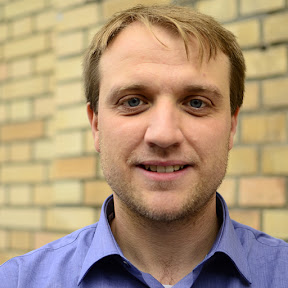K. Lund, C. Burgess, and C. Audet. Dissociating semantic and associative word relationships using high-dimensional smeantic space. In Proceeding of the Cognitive Science Society, pages 603–608, Hillsdale, N.J., USA, 1996. Erlbaum Press. [pdf]
————————
The paper studies the lexical/semantic priming effect which is questioned to be associative in nature. The aim of the paper is to shed some light on the question for which two crucial point are tackled: firstly, an operational definition of of semantic and association is needed; secondly, the definition of a framework for modelling semantic representations.
Their proposition for the first point is that semantically related words (TABLE – BED) are instances of the same category and share a number of features. Associated words (MOLD – BREAD) are those which are associated as determined by human word association norms. There is also a third type that are both semantically and associatively related (UNCLE – AUNT).
To solve the second point they propose a framework, called HAL (Hyperspace Analogue to Language) that allow to simulate different experiments. The methodology is based on the computation of a matrix of co-occurrence vectors for each word, which can be analyzed for semantic content. The co-occurrence is defined using the window-size parameter (co-occurrence within n words). Than a similarity is computed between the vectors using an Eucledian distance measure.
Using a certain dataset, the author simulated a certain kind of association between word pairs. They they repeated the experiment with human subject and confronted the results. The conclusion was that the notion of associativity can be characterized by temporal association in language receive little or no support from their corpus analysis. Word association seeed to be more a function of semantic neighborhood.
Another interesting result was that the distinction between associative and semantic information corresponds to the distinction between local co-occurrence and global co-occurrence. Temporal information is reflected in local co-occurrence. Global pattern of co-occurrence across a vocabulary is connected to semantic information.
![]() Tags: information retrieval
Tags: information retrieval




